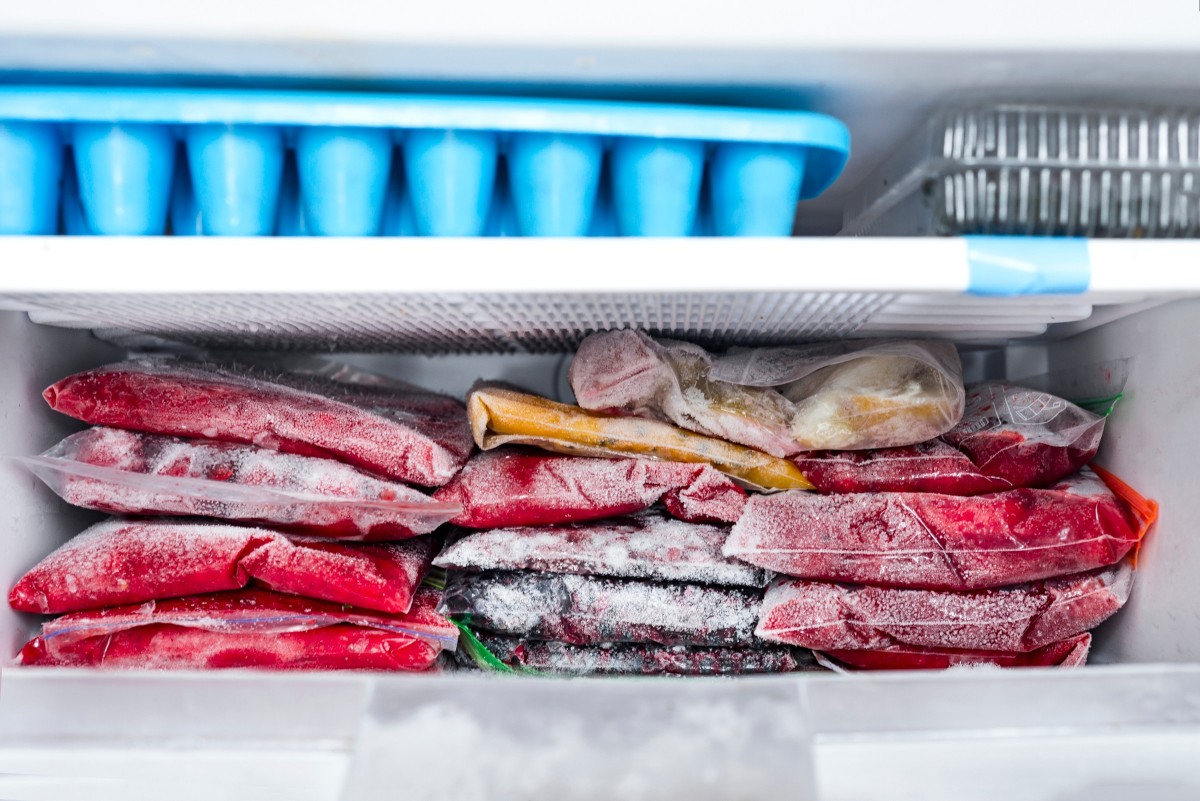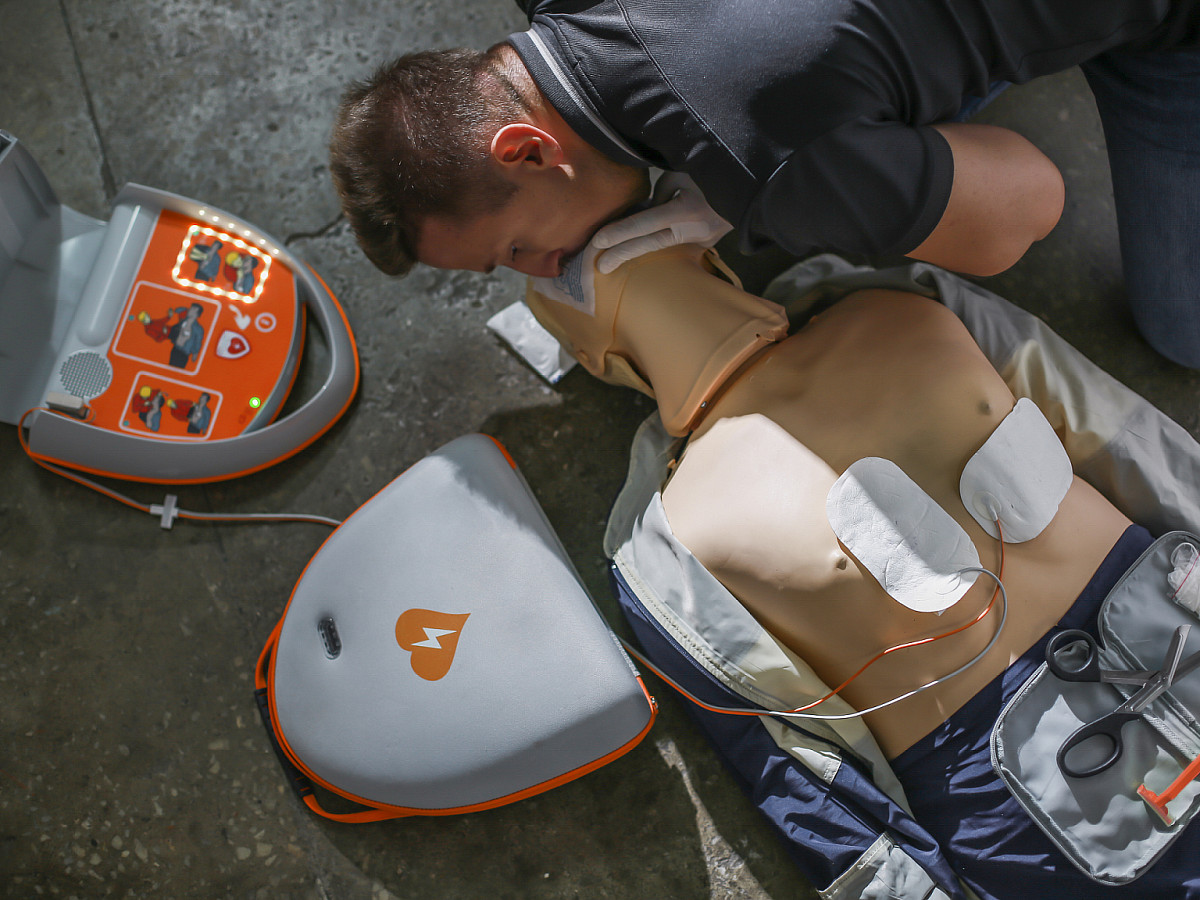
Deep freezing is one of the best methods to preserve your food items. Normally what happens is, when freezing, the water present in the product is turned into enormous ice crystals and the drawback of this method is that most aromas will evaporate due to evaporation of water-related substances. Enzymatic and non-enzymatic reactions brought on by structural tissue disorganization will change the texture and flavor of the food product. Deep freezing is an industrial process that involves rapidly cooling food at -30°C to -80 °C for a short period until the product’s core temp reaches -18°C (a few minutes to an hour). The water content in the cells is finely crystallized using this technique. Both the destruction of cells and the growth of microbes are constrained. The low temperature causes the cells to go into dormancy. As a result, the items treated maintain their critical vitamins and nutrients while maintaining their freshness, textures, and flavors.
Deep freezing equipment should be specially constructed for frozen goods to achieve maximum efficiency. It is imperative to review the freezing capacity listed on the deep freezing unit’s information sheet(deep-freezer, blast chiller for trays or trolleys, deep-freezing tunnel). If deep freezing isn't done correctly, it might result in serious illness, so it's important to take numerous precautions to prevent this and maintain the first-rate quality of the products.
1. TEMPERATURE
Before being frozen, food must always be chilled to 4 °C to prevent the chamber's temperature from rising and consuming more electricity. Once frozen, the products should be kept at a negative temperature that varies depending on the product from -9 to -18 °C. Observe the temperature accordingly.
To preserve the quality of a product, it is preferable to deep freeze a recent product rather than one that has already started to degrade. it is still important to follow basic hygiene precautions. Therefore, It is crucial to Wash hands and all food-handling equipment thoroughly. Cleanse the items thoroughly, and clean and sanitize the cool room, storage system, and deep freezer. Use airtight freezer bags or other suitable containers to keep food safe, being sure to close lids and bags with care. Never refreeze an item that has been defrosted or that is in the process of defrosting.
According to completely various food goods, the shelf life of frozen foods might range from 1 to 24 months. Because of this, it's crucial to label them with the suggested expiration date. The best-use-by dates for the following food categories are listed below:
1. Vegetables and fruits - 24 months
2. Products made with pre-cooked potatoes - 24 months
3. Whole or in pieces, meat and poultry - 15 to 18 months
4. Minced Meat - 12 months
5. Seafood caught or grown – 24 months
6. Fatty fish - between nine and ten months
7. Fish with Breading - 24 months
8. Doughs, baked goods, and Viennese pastries - 12 months
A frozen product can be gradually warmed up during defrosting to return to its original state. Microorganisms can rise to the surface and grow as the temperature rises. Microbial risks are almost non-existent between -18 °C and -2 °C. According to the products, it is advised that rather than defrosting at room temperature, where bacteria quickly proliferate, it is preferable to defrost items at a temperature below 4 °C.
 Consultation and Implementation
Consultation and Implementation LEVEL 3 INTERNATIONAL AWARD IN FIRST AID AT WORK AND USE OF AED(HABC)
LEVEL 3 INTERNATIONAL AWARD IN FIRST AID AT WORK AND USE OF AED(HABC) LEVEL 3 INTERNATIONAL AWARD IN EMERGENCY FIRST AID AND USE OF AN AED WITH CPR FOR ALL AGES(HABC)
LEVEL 3 INTERNATIONAL AWARD IN EMERGENCY FIRST AID AND USE OF AN AED WITH CPR FOR ALL AGES(HABC)